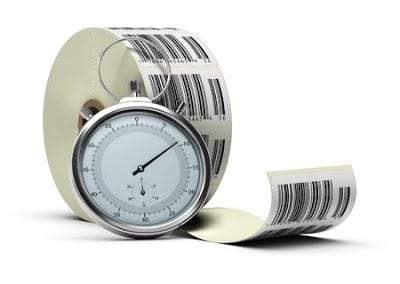The Definitive Guide To Asset Labeling
We’ve all been there – trying to read the serial number embedded on a cylinder, tote, or other returnable asset wondering if one of the digits should be a ‘3’, an ‘8’, or a ‘B.'
And this could be particularly painful if you’re a chemical or gas distributor having to determine exactly which asset was delivered and returned from customers. Fortunately, TrackAbout’s innovative technology automates this otherwise painstaking and error-prone manual process using smartphones and labels.
Read More
.png)

.png)
.png)
.png)

.png)

